How the military has influenced fashion through the decades
- By Travis Pike
Share This Article
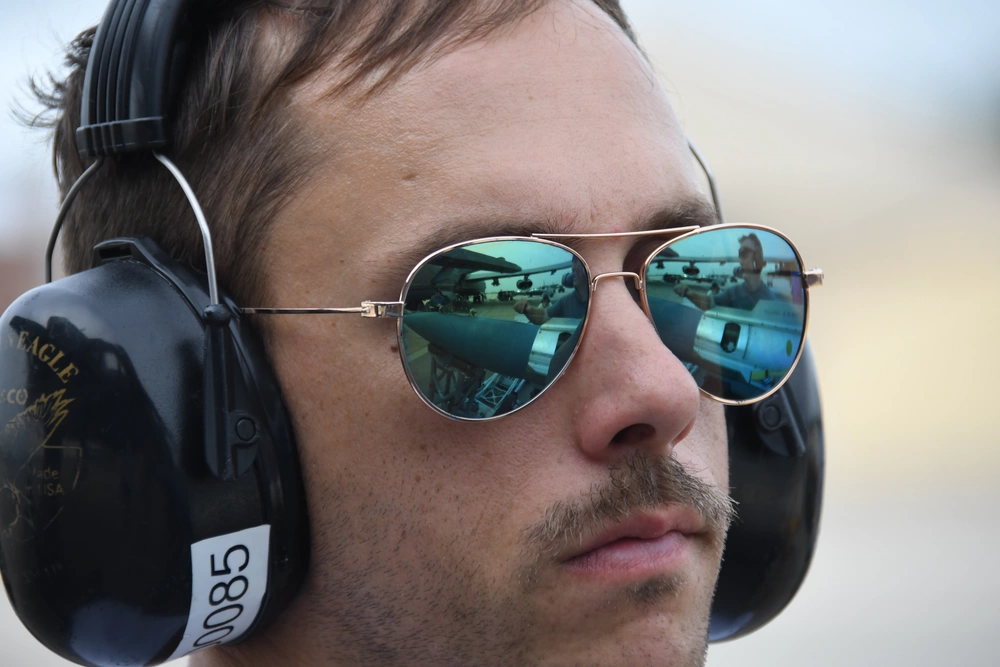
When we talk about what the military has influenced, we can discuss medicine, weaponry, vehicles, engineering, and more. However, you’ll rarely, if ever, hear someone mention fashion.
Sure, the military brought us the boat cloak, but it also brought glasses that were so horrendous that they are called birth control glasses or BCGs. Military fashion can be hit or miss, for sure, but today, we are going to cover five items of military uniforms that have transcended onto the world of everyday fashion.
Aviator sunglasses
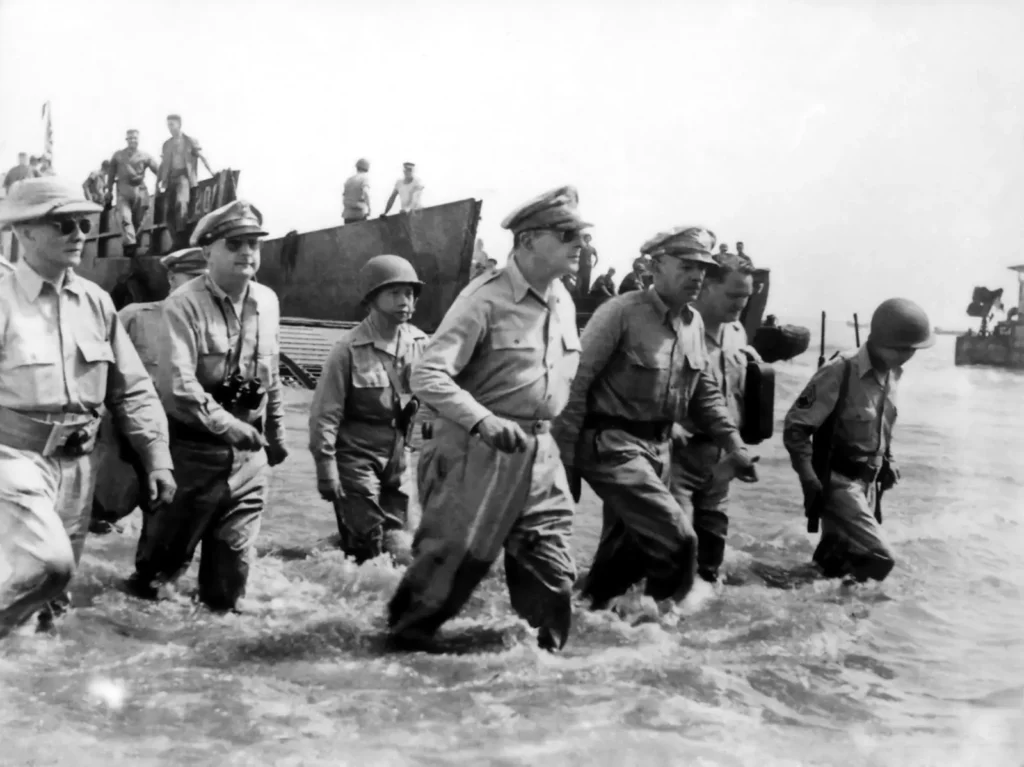
Aviator sunglasses are a timeless piece of Americana. The big, wide lenses surrounded by a thin, wire frame have been fashionable for decades.
Aviator sunglasses started life in 1935 as the U.S. Army Air Corps D-1 Sunglasses designed for pilots and aircrew. They evolved and became the AN6531s, which became popular after World War II with the civilian market. The company that developed the military aviators had a civilian branch known as Ray-Ban. Ray-Ban developed the iconic aviators worn by General MacArthur as he landed in the Philippines. Aviators stuck around with the post war HGU-4/P aviator sunglasses and you still see them used.
Bomber jacket
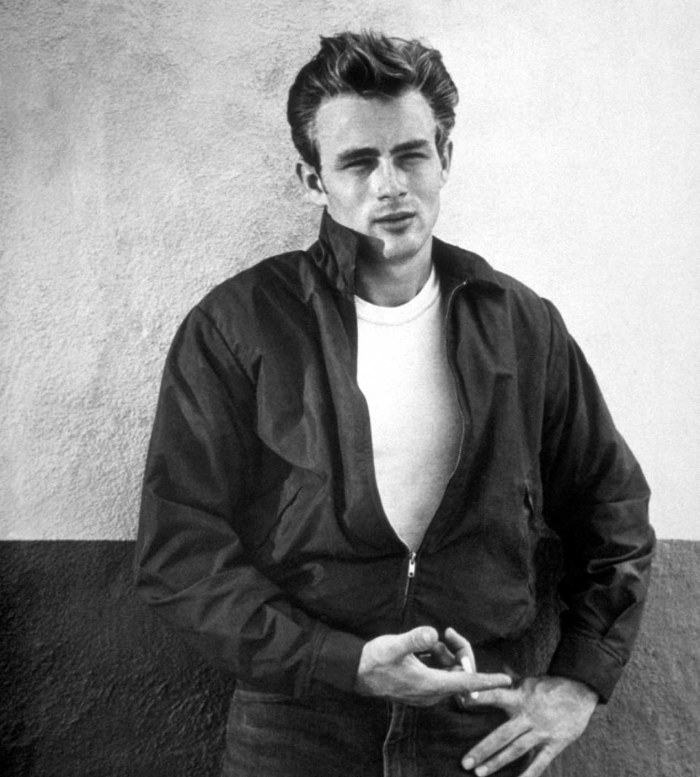
It turns out flying over the skies of Europe in an open cab plane, during World War I, is chilly. So, to keep the pilots warm, the U.S. Army Aviation Clothing Board created the flight jacket, which became famous as the flight jacket, in 1917.
During World War II, the MA-1 model became famous for its use by bomber crews.
The bomber jacket transitioned to civilian fashion fairly quickly. James Dean wore one in Rebel Without a Cause, which helped skyrocket the jacket’s popularity. The flattering waist and tight cuffs created a timeless look. Nowadays, companies like 5.11 even make options for those looking for the O.G. fit.
Related: Wonder-weapons of World War 2: The German viper and the American goblin
Tanker Jacket
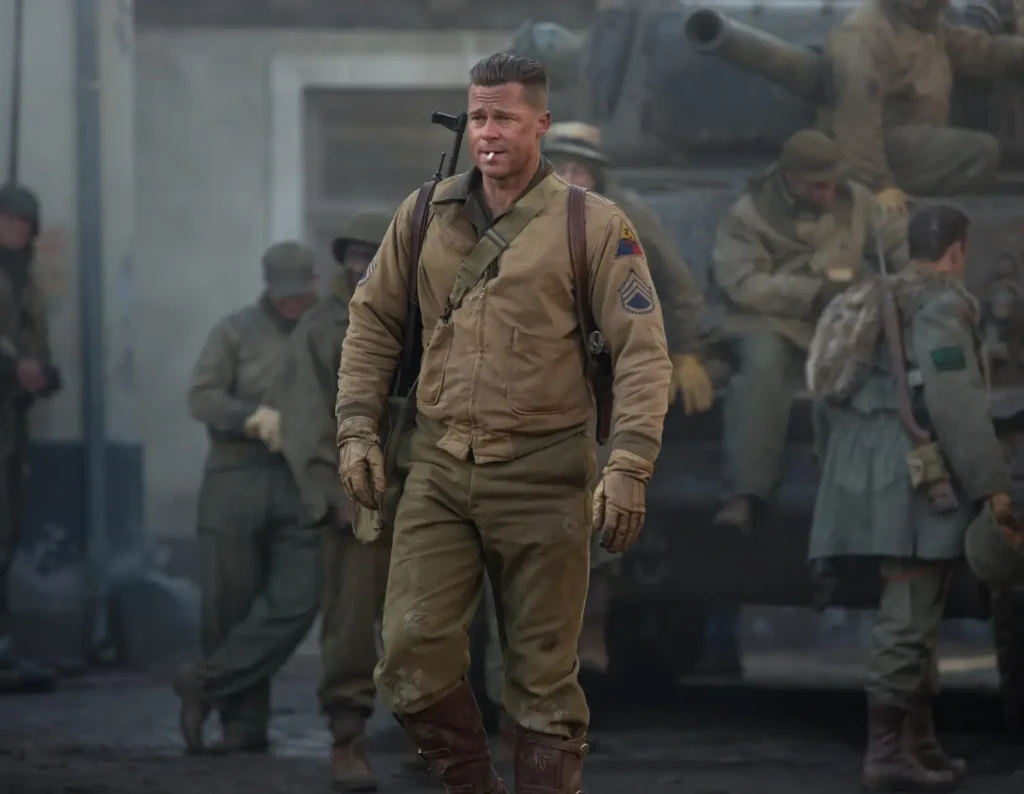
The Tanker Jacket, or Jacket, Combat, Winter, as it’s officially known, is one part of a three-part suit designed to keep armored crews warm in the winter. It came to be in 1941 and provided a distinctive look to those armored crews: it was wool-lined and featured a stylish collar and a similar fit to the bomber jacket.
It eventually leaked into the infantry, the mechanics, and artillerymen, and was very popular with anyone serving in a cold environment during WWII and Korea.
A lot of its current popularity comes from veterans wearing the jacket with its distinctive collar.
The tanker jacket was never as famous as the bomber jacket, but has it’s own distinct style.
Men’s wristwatches
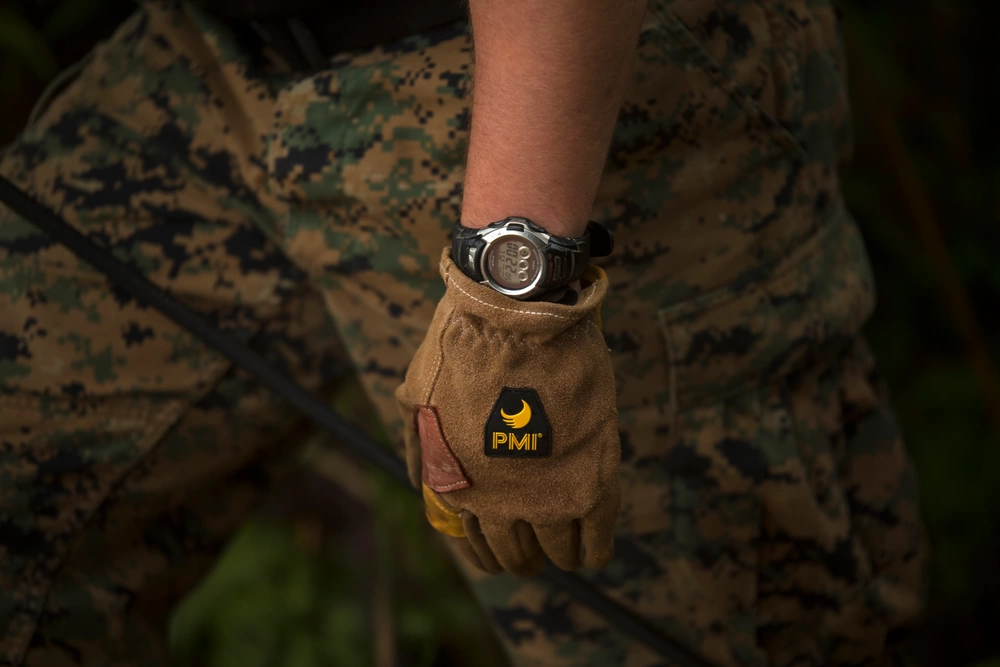
World War I turned warfare into technological slaughter. Machines guns, bombers, nerve gas, and wristwatches were some of the new technologies introduced. Yep, wrist watches. Although they existed prior to World War I, they exclusively worn by women, while men wore pocket watches.
However, when your hands are occupied with a rifle, handgun, or club you need something a little more convenient.
So, at first, pocket watches were strapped to wrists, and finally wristwatches were produced for soldiers. These became trench watches and were extremely popular. As the war ended, wristwatches became mainstream for men and it continue to this day, with companies like G-Shock being the modern wrist trench watch.
Related: The 5.11 Field Watch – Old School Cool
Trench coat
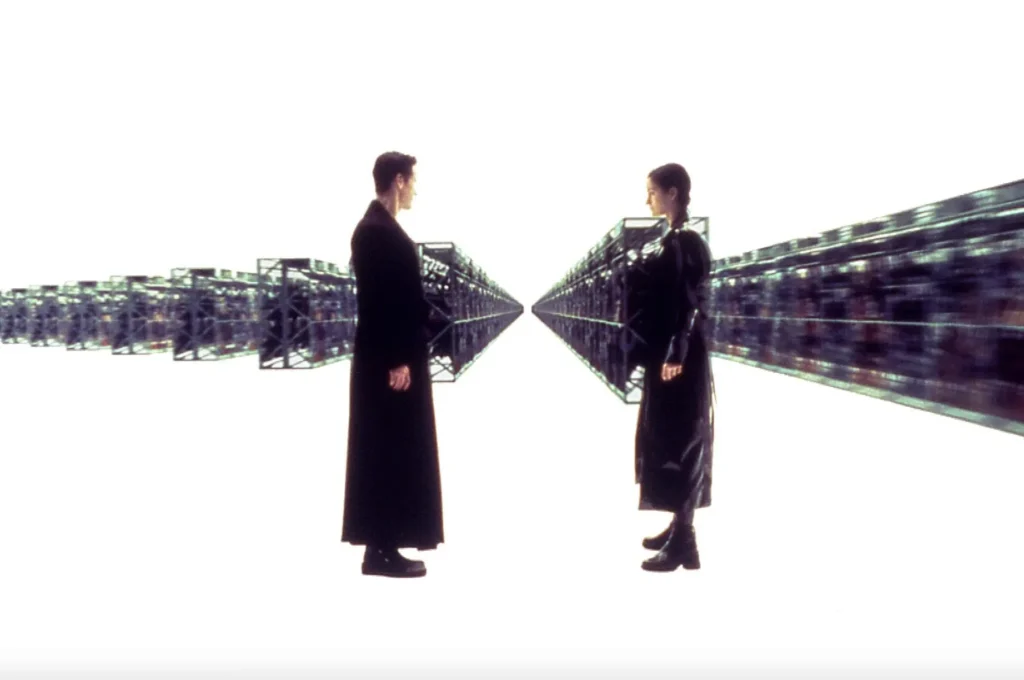
The name trench coat gives a real big hint at where clothing article this came from. Trenches were wet, muddy, and cold, so a longer than average coat was required to keep troops warm and dry. The trench coat was invented by the British forces, but became a mainstay of military uniforms ever since. The Marine Corps still issues an all-weather coat that’s essentially just a trench coat.
Trench coats have remained in fashion, largely for the same reason. They protect the majority of the body from the cold, rain, sleet, and snow. They also occupied a large part of 1999’s fashion thanks to the Matrix, but we don’t talk about that. The modern trench coat is a bit more formal, but still effective.
The military still contributes to fashion. Who doesn’t love silkies? Green on green might never catch on, but it’s clear that the military can influence fashion, as odd as it seems.
Feature Image: Naval mines are reflected in the sunglasses of Joshua Amburn, an Air Reserve Technician with the 307th Aircraft Maintenance Squadron, at Barksdale Air Force Base, Louisiana, July 17, 2018. The mines were being loaded on a B-52 Stratfortress for testing. (U.S. Air Force photo by Senior Master Sgt. Ted Daigle/released)
Read more from Sandboxx News
- How Green Berets jumped from planes with a man-portable atomic bomb during the Cold War
- The Navy’s plan for its next trainer jet shows how carrier aviation has changed
- How an F-15E scored its only air-to-air kill… with a bomb
- ‘Warfare’ shows the brutal reality of combat for an elite unit
- Air Force Special Operations Command celebrates 35 years of heroism and service
Related Posts
Sandboxx News Merch
-
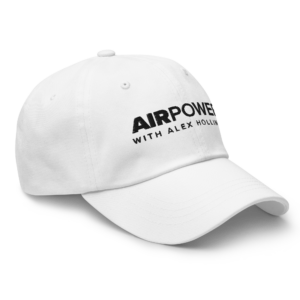
‘Sandboxx News’ Dad Hat
$27.00 Select options This product has multiple variants. The options may be chosen on the product page -
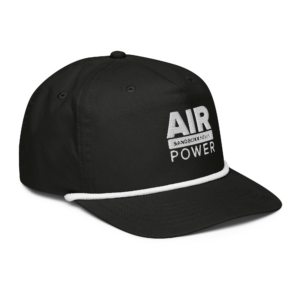
‘AirPower’ Golf Rope Hat
$31.00 Select options This product has multiple variants. The options may be chosen on the product page -
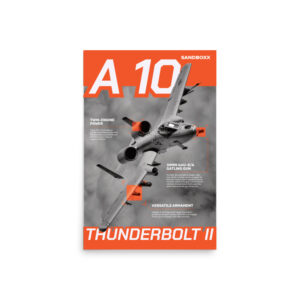
A-10 ‘Thunderbolt Power’ Poster
$22.00 – $28.00Price range: $22.00 through $28.00 Select options This product has multiple variants. The options may be chosen on the product page

Travis Pike
Travis Pike is a former Marine Machine gunner who served with 2nd Bn 2nd Marines for 5 years. He deployed in 2009 to Afghanistan and again in 2011 with the 22nd MEU(SOC) during a record-setting 11 months at sea. He’s trained with the Romanian Army, the Spanish Marines, the Emirate Marines, and the Afghan National Army. He serves as an NRA certified pistol instructor and teaches concealed carry classes.
Related to: Military History, Pop Culture
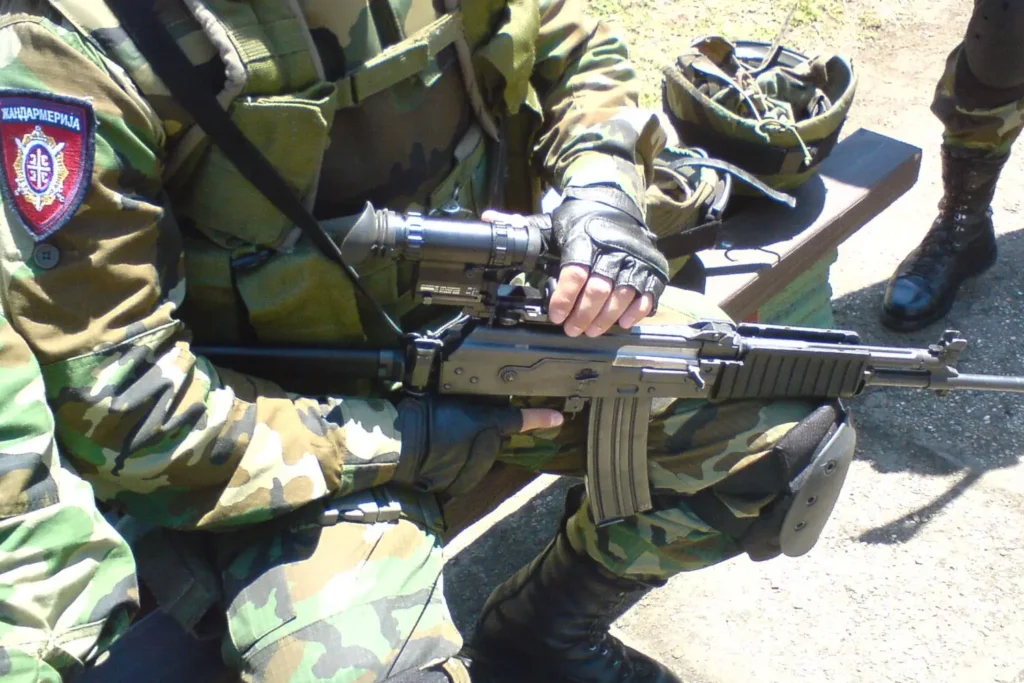
Serbia’s unique Zastava M21 – Service rifles from around the world
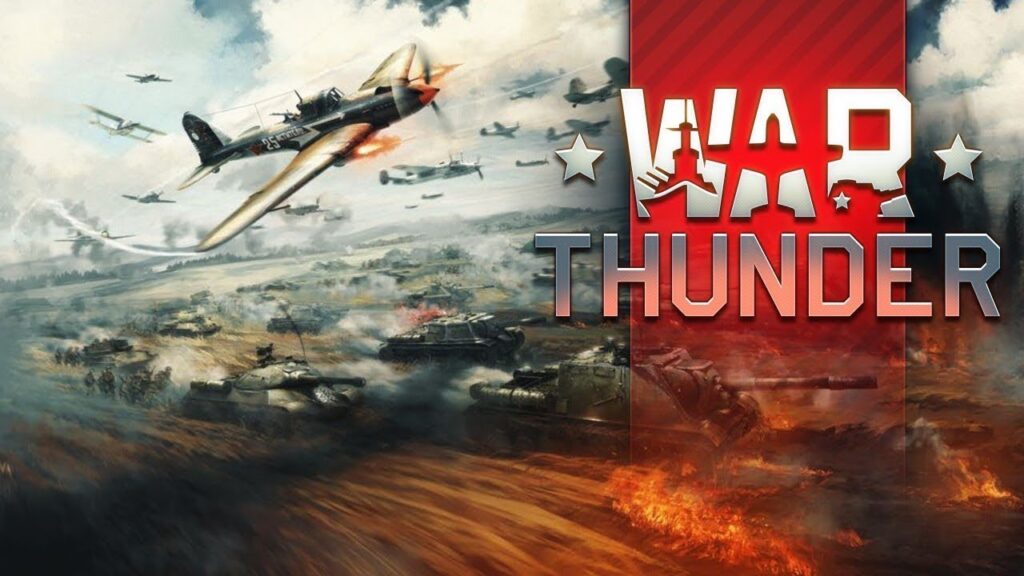
The complicated legacy of War Thunder in the military community

What movies and videogames get wrong about weapons and military tech
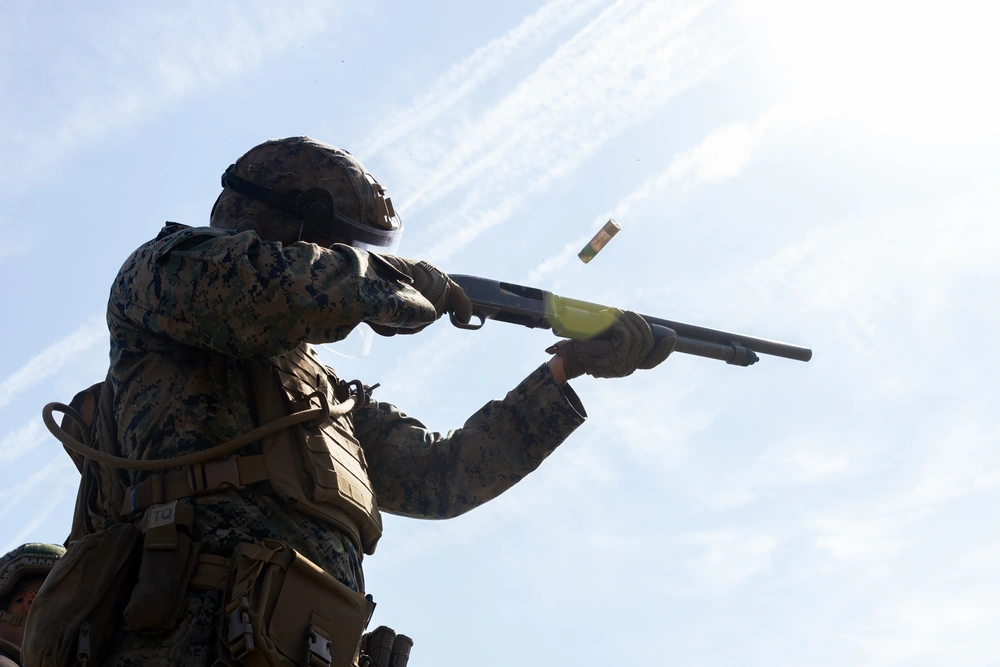
Shotguns excel at many scenarios and can offer a lot to the American military
Sandboxx News
-

‘Sandboxx News’ Trucker Cap
$27.00 Select options This product has multiple variants. The options may be chosen on the product page -

‘AirPower’ Classic Hoodie
$46.00 – $48.00Price range: $46.00 through $48.00 Select options This product has multiple variants. The options may be chosen on the product page -

‘AirPower’ Golf Rope Hat
$31.00 Select options This product has multiple variants. The options may be chosen on the product page -

‘Sandboxx News’ Dad Hat
$27.00 Select options This product has multiple variants. The options may be chosen on the product page
